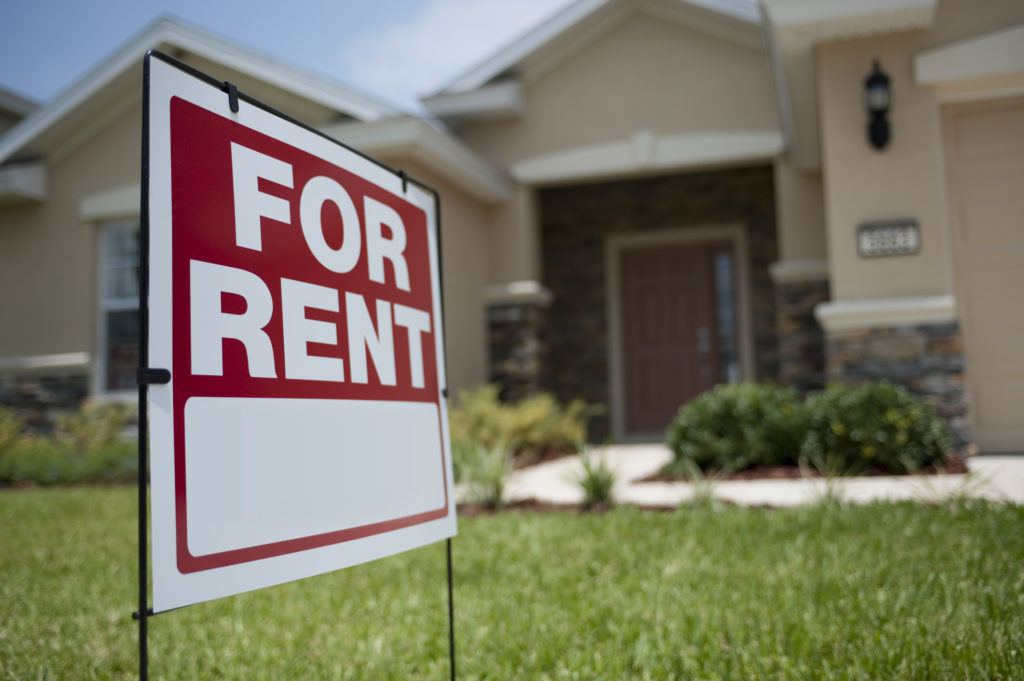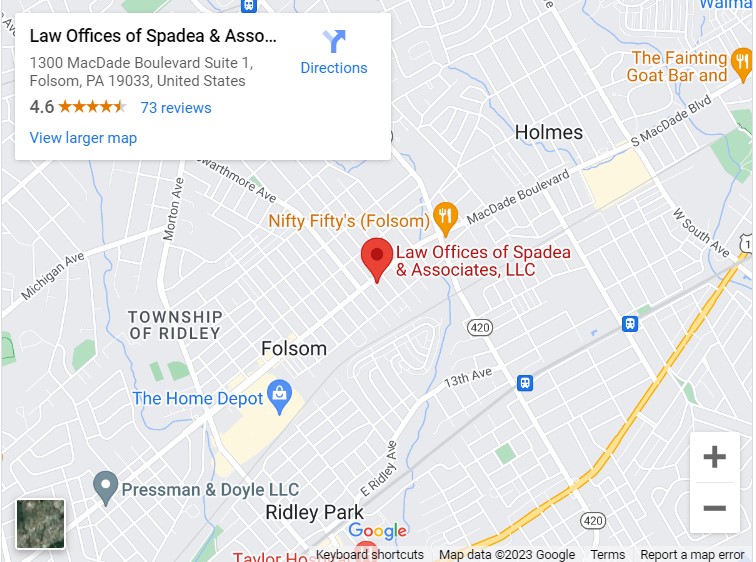Because of the potential increased focus on the audit of returns showing rental real estate losses, it is important to understand when Landlords are entitled to deduct losses from rental real estate as ordinary losses rather than having to treat such losses as passive.
To escape passive-loss classification, the Landlord must qualify as a “real estate professional” and must materially participate in the rental activity. Keep in mind this is not the only way to avoid passive loss. There is also the exception for up to $25,000 of losses of an active participant in a rental real estate activity under 469(i). Section 469(c)(7)(B) requires that a Landlord meet two tests in order to be considered a real-estate professional for a taxable year. Those tests are:
- The Landlord must show that more than one-half of the personal services performed by him in trades or businesses were performed in real property trades or businesses in which he materially participated; and
- The Landlord must show that he worked more than 750 hours in real property trades or businesses in which he materially participated.

The first test becomes an issue only if the Landlord is involved in another occupation in addition to real estate. The courts in deciding the issue of “real estate professional” have not expressly dealt with this test; rather, they use the fact that the Landlord spent time in an occupation outside of real estate to buttress their conclusions that Landlord has not met the 750-hour test.
I always recommend that Landlords keep contemporaneous time logs, time reports or calendars that they can input manually into a day timer or type into a google calendar. The log or calendar should provide a detailed account of what the Landlord did with respect to an activity, when he did it, and how much time it took.
Rental services that qualify for meeting the 750 hour annual requirement includes, but is not limited to:
- Advertising to rent or lease the real estate;
- Negotiating and executing leases;
- Verifying information contained in prospective tenant applications;
- Collection of rent;
- Daily operation and management;
- Maintenance and repair of the property, including the purchase of materials and supplies;
- Supervision of employees and independent contractors.
It is a common misconception, however, that qualifying as a real estate professional makes the Landlord’s rental activities nonpassive. This is not the case; rather, a Landlord who qualifies as a real estate professional has merely overcome the presumption that all rental activities are passive regardless of level of participation. For the real estate professional’s rental activities to become nonpassive activities, the Landlord must establish that he or she has met the material-participation standard with regard to the rental activities. Only those rental activities in which the real estate professional materially participates are nonpassive activities.
Importantly, the statute provides that a qualifying real estate professional must establish material participation in each separate rental activity. An exception is provided, however, by which the Landlord may elect to aggregate all interests in rental real estate for purposes of measuring material participation. The landlord can elect to treat all rental properties as a single rental activity by filing a statement with his original income tax return for the taxable year. Merely aggregating rental income and expenses on Schedule E does not suffice. Without an election, the Landlord must examine each rental property to determine whether he materially participated in the rental of that property.
Material Participation
Material participation is determined under the seven tests set forth in Treasury Regulation § 1.469-5T. To prove “material participation,” the Regulation allows grouping real-property trades or businesses based upon facts and circumstances. The regulation lists 11 types of real property trades or businesses: real property development, redevelopment, construction, reconstruction, acquisition, conversion, rental, operation, management, leasing, or brokerage. However, rental activities cannot be grouped with other real-property trades or businesses. The seven tests are:
- The individual participates in the activity for more than 500 hours during the tax year.
- The individual’s participation in the activity for the tax year constitutes substantially all of the participation in such activity of all individuals (including individuals who are not owners of interests in the activity) for the year;
- The individual participates in the activity for more than 100 hours during the tax year, and the individual’s participation in the activity for the tax year is not less than the participation in the activity of any other individual (including individuals who are not owners of interests in the activity) for the year;
- The activity is a significant participation activity for the tax year, and the individual’s aggregate participation in all significant participation activities during the year exceeds 500 hours;
- The individual materially participated in the activity for any five tax years whether or not consecutive, during the 10 tax years that immediately precede the tax year;
- The activity is a personal service activity, and the individual materially participated in the activity for any three tax years whether or not consecutive preceding the tax year;
- Based on all of the facts and circumstances, the individual participates in the activity on a regular, continuous, and substantial basis during the year.
There are several important considerations when measuring material participation in a Landlord’s real property trade or business. First, hours spent as an employee are not counted unless the employee is a 5% owner in the employer. Second hours spent as an investor in a real property trade or business such as studying and reviewing financial statements, preparing summaries of the finances or operations, or managing the finances of an activity in a nonmanagerial capacity are not counted toward material participation unless the Landlord is directly involved in the day-to-day management of the business.
In addition, if the individual holds an interest in a real property trade or business through a limited partnership interest, the individual may establish material participation only by satisfying the first, fifth, or sixth tests of the seven tests from the regulations described above.
When measuring material participation, an individual taxpayer is required to count any hours performed by his or her spouse, even if the spouse does not own an interest in the business or if no joint return is filed. While this rule is advantageous because it makes it more likely the taxpayer materially participates in the real property trade or business, it is a trap for the unwary in the real estate professional context.
The relevant case history has established that it is very difficult for a Landlord who has a full-time job that is not in a real property trade or business to satisfy this first 50% test. The IRS and the courts find it dubious when a Landlord who works 2,000 hours a year at a non-real estate job purports to have spent more time on his or her real estate activities.
If you have any questions about material participation or being a real estate professional call Gregory J. Spadea at 610-521-0604.








Speak Your Mind